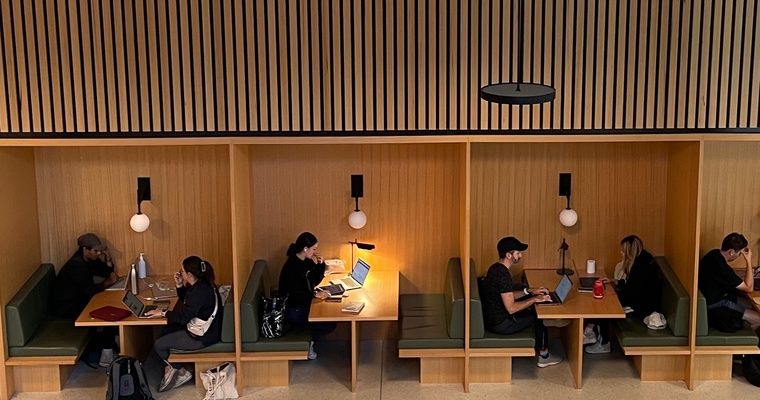What is the future of the university gym?
Research
Just as mandated working-from-home during pandemic lockdowns emerged as a force for change in the workplace so too did the closure of gyms and the consequent widespread adoption of digital fitness, outdoor activity and home exercise routines. People changed their exercise habits: footpaths were inundated with cyclists, at-home gym equipment sales soared, memberships for online exercise programs boomed, and while receding since gyms reopened, digital exercise participation has stayed well above pre-pandemic levels. A growing hybrid approach to exercise, where people might go to the gym, but also run in their local neighbourhood, work out in their garage or just do an online Pilates class in their loungeroom will give pause for thought for universities trying to improve their battered gym membership numbers and adapt their sports offerings.
Adding fuel to the fire of these new hybrid exercise trends in the general community are further university-specific complications: students are now on campus for fewer days and less time on average due to on-line learning; cheap 24/7 gyms have proliferated, and there is an understandable reticence to share space and equipment due to airborne viral risks. The perfect storm for university gym memberships appears to have arrived. But there are opportunities to fill the gaps where on-campus gym workouts used to be. Convenience is the number one priority for students – exercise has to fit into their schedule, but also be low cost and preferably close to home (or at least on the way). But students also want exercise as a way to form friendships as well as improving their fitness. Students and staff are acutely aware that online learning brings the physical and mental health risks of isolation, particularly for interstate and international students who have limited social networks. It increases sedentary behaviour, acting as a disincentive to get out the door and walk. While a workout at home might keep students fit, it won’t help them build a network of friends.
The silver lining of all that time in isolation during lockdowns was a gain in appreciation for what really matters. People explored different ways of exercising, like online classes, home-gyms and outdoor exercise and realised what they really missed. For many, when lockdowns lifted they flocked to social excercise, seeking to reconnect after the disruption of the pandemic. New patterns, like outdoor exercise, have stuck and are unlikely to change.
Whilst there will always be a place on campus for team sports facilities, does decreased attendance on campus make the gym built around individual workouts unviable? Demand for fewer weights sessions and more group exercise classes on campus may mean a redistribution of floorspace in existing facilities, and a reimagining of fitness services provision. Should universities compete with private gyms, or join forces with them to provide complementary services? The options available are many and varied. Measuring demand and preferences for facilities will be critical as universities seek to optimise space and services that help keep their students fit and socially connected.



